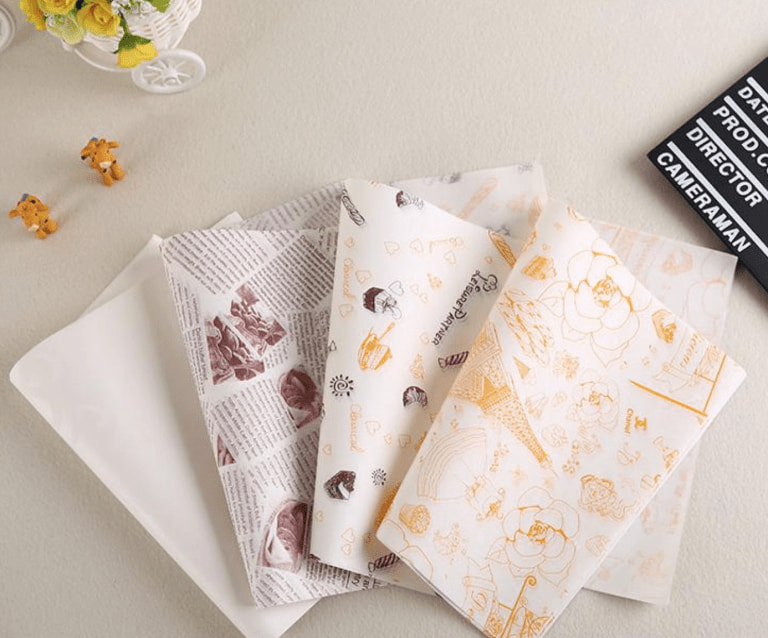
Glassine paper feels smooth and glossy. You see its translucent look in many places. This paper blocks water and grease. It stays pH neutral and acid-free. You often find glassine in eco-friendly packaging, bakery bags, and art protection sheets. You might choose glassine for safe, clean, and green packaging uses.
Key Takeaways
Glassine paper feels smooth and looks shiny. You can see through it a little. It keeps things safe from water and grease. This makes it good for green packaging and storing food.
Glassine does not have acid. It is pH neutral. It keeps art and photos safe for a long time. Artists and collectors like to use it.
Glassine paper can break down in nature. You can recycle it too. It is a good choice for the planet. It helps keep the environment safe.
Glassine Paper Overview
What Is Glassine Paper
You might notice glassine paper when you see a smooth, shiny, and almost see-through sheet. This special paper stands out because of its glossy finish and translucent look. People first made glassine in the 19th century. The name comes from the word "glassy," which describes its shiny surface. You can find glassine paper in many places today, from food wrappers to stamp envelopes.
Glassine paper does not just look different. It acts differently, too. You can use it to protect items from water and grease. It does not react with most things, so it keeps your items safe. Many artists and collectors trust glassine to protect their work or collections. You also see glassine in eco-friendly packaging because it breaks down easily and does not harm the environment.
Tip: If you want a paper that keeps things clean and safe, glassine paper is a smart choice.
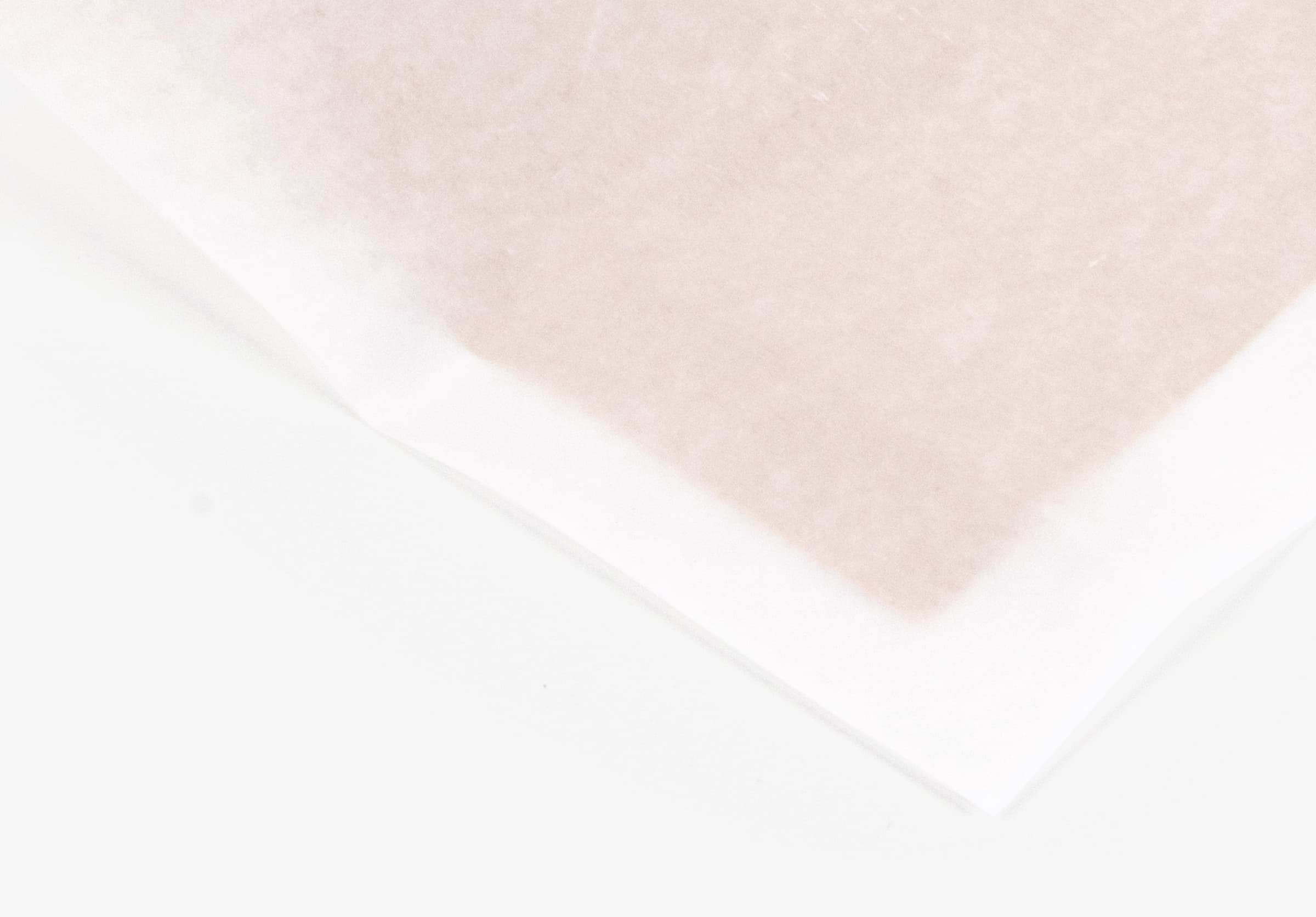
How Glassine Is Made
You might wonder how glassine gets its unique look and feel. The process starts with wood. Factories chip the wood and cook it to pull out the cellulose fibers. This step removes lignin, which is a natural glue in wood. The result is a pure pulp that forms the base of glassine paper.
Here are the main steps in making glassine:
Pulping: Workers chip wood and cook it to separate the cellulose fibers. This step removes lignin and leaves a clean pulp.
Sheet Formation: The pulp mixes with water to make a slurry. Machines spread this mixture onto a wire cloth, forming thin sheets.
Pressing and Drying: The sheets go through rollers that press out water. Then, they dry the sheets, making them stronger.
Supercalendering: This step makes glassine paper special. The dry sheets pass through heated rollers. These rollers press the fibers tightly together, making the paper dense, smooth, and glossy.
Some types of glassine get extra coatings. Factories might add a polymer layer for more water resistance and smoothness. Sometimes, they use acrylic or UV coatings to protect against sunlight. Silicone coatings can make glassine non-stick and heat-resistant.
You can see why glassine stands out from regular paper. The supercalendering step gives it a unique shine and strength. The coatings add even more uses, making glassine paper a top choice for many industries.
Note: The special process makes glassine paper both strong and beautiful. You get a paper that protects, looks good, and feels smooth.
Properties of Glassine Paper

Texture and Appearance
When you touch glassine paper, it feels very smooth and shiny. This smoothness comes from pressing and polishing wood pulp. That is why glassine looks a little see-through. Glassine feels and looks different from regular paper. It slides easily through machines because it does not have much friction. This makes it great for fast labeling and cutting.
Here is a quick comparison:
| Paper Type | Texture and Appearance |
| Glassine | Very smooth, shiny, does not scratch, no fibers come off |
| Parchment | Feels rougher, not as shiny |
| Wax Paper | Has a coating, not as smooth as glassine |
People use glassine to handle delicate things because it does not scratch or leave fibers. When you look at glassine and wax paper, glassine is smoother and clearer.
Waterproof and Grease-Proof
Glassine paper keeps out water and oil. You can use it to wrap food or protect art. It stops water and grease from getting in. This makes glassine better than regular paper for clean and dry packaging. You often see glassine in bakery bags and stamp envelopes. It keeps things safe from spills and stains.
Tip: If you want packaging that blocks water and grease, glassine is a good choice.
pH Neutral and Acid-Free
You want to keep your photos or art safe from damage. Glassine paper is acid-free and pH neutral. It is made with a process that keeps it neutral. It has special things inside, like calcium carbonate, that stop acid from hurting your items. Glassine is safer than regular paper for storing important things.
Glassine paper is made with a neutral process.
It has things inside that stop leftover acid.
These features help keep your items safe for a long time.
Biodegradable Qualities
Glassine paper is good for the earth. It comes from wood pulp, which grows back. Glassine breaks down on its own. You can compost it, and it turns into water and minerals. Glassine bags are 100% biodegradable and can be recycled. Glassine is better for the environment than regular paper.
Glassine bags break down all the way.
They do not hurt the earth when they break down.
Glassine is made from wood pulp and can be composted or recycled.
Types of Glassine Paper
Standard Glassine
Standard glassine is used for packaging and storage. It looks clear and feels smooth to touch. You can wrap food, stamps, or photos with it. This paper keeps out moisture and grease better than regular paper. It feels thick and does not tear easily. You can see what is inside because it is translucent.
Note: Standard glassine paper is good for daily use. It gives simple and strong protection.
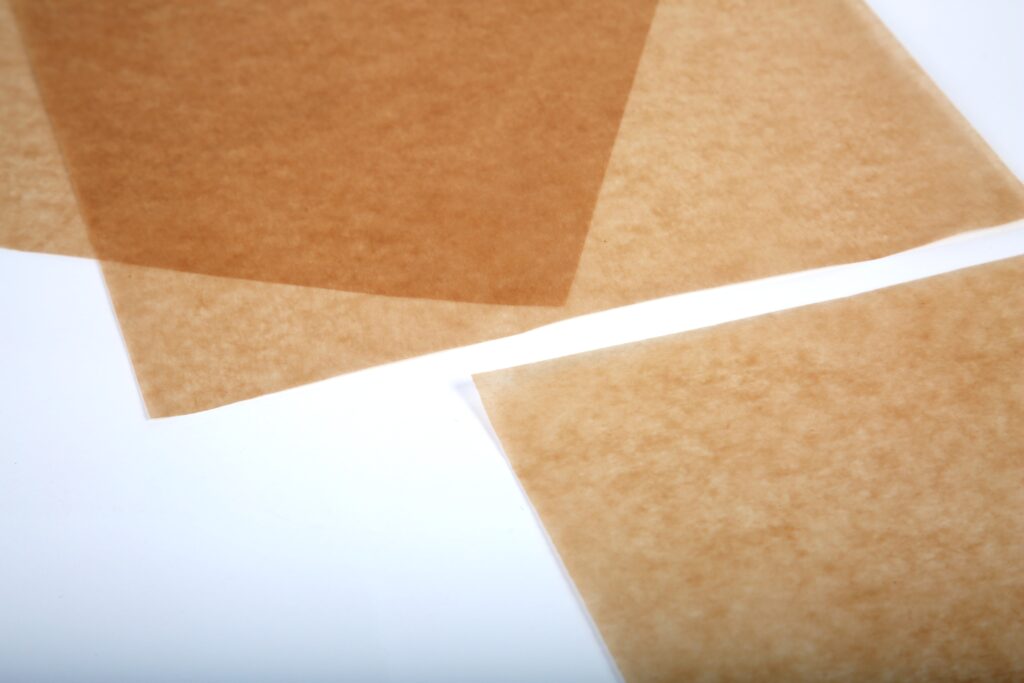
Colored Glassine
Colored glassine adds fun to crafts and packaging. You can get it in many colors, like red or blue. People use colored glassine for gifts, art, and decorations. It has the same smooth feel and keeps out moisture like standard glassine. The color makes your packaging look nice and helps you organize things.
If you want color in your project, colored glassine is a good pick.
Custom Glassine Paper
Custom glassine paper gives you many choices. You can pick the color, thickness, or add your logo. Brands use custom glassine for packaging, branding, or events. Some custom glassine has shiny finishes or raised textures. Heavyweight glassine is strong for shipping. Some custom glassine has sticky backs for labels or seals. You can get acid-free custom glassine to protect art or photos.
Here are ways to use custom glassine paper:
Printed custom glassine for brands
Embossed custom glassine for a fancy look
Heavyweight glassine for shipping
Custom glassine bags and envelopes for small things
Window custom glassine for see-through packaging
Tip: Custom glassine paper matches your brand or project. You can pick the size, color, and finish you need.
Custom glassine helps you make packaging that fits your needs. You can choose eco-friendly custom glassine that breaks down easily. Heavyweight glassine is tough for hard jobs. If you want something special, custom glassine is the best choice.
Applications of Glassine Paper
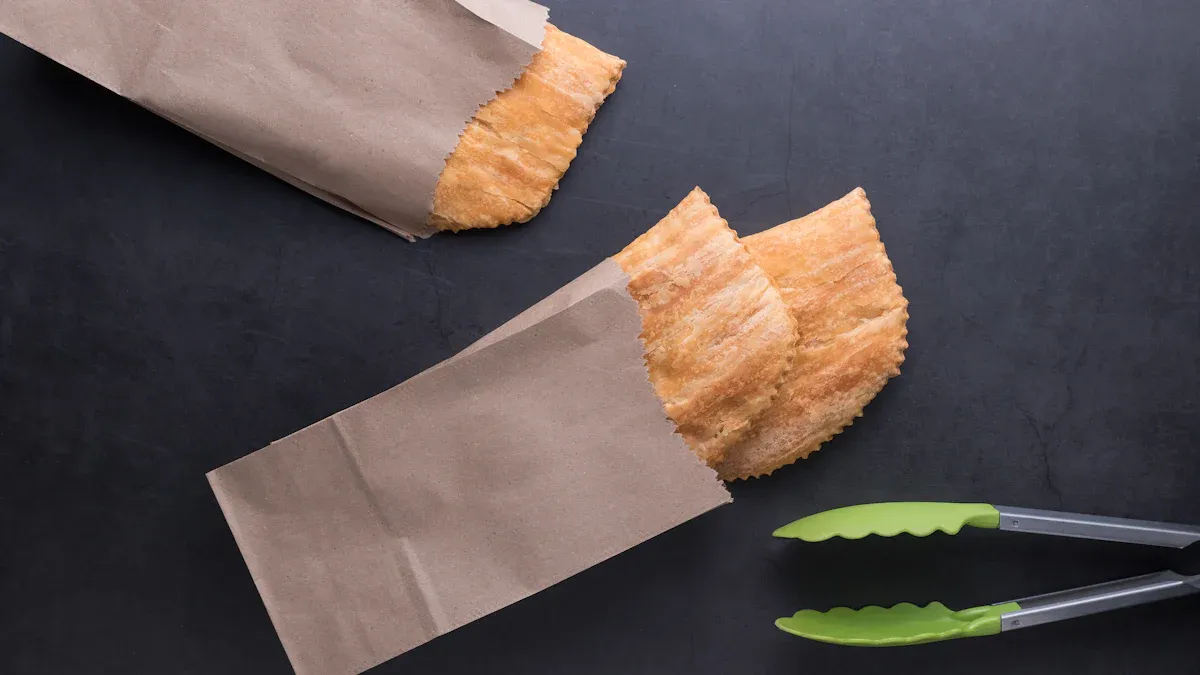
Glassine Paper in Packaging
Glassine paper is used a lot in packaging. Stores use it to wrap things like jewelry and makeup. It is also good for wrapping stationery. Many brands pick glassine because it looks neat and feels nice. Glassine makes packaging look fancy in stores. You can use it to wrap gifts or line boxes. People also use glassine to make envelopes. It is great for wrapping cards and keeping collectibles safe. Glassine helps protect products from dust.
Tip: Glassine packaging lets people see your products and keeps them safe.
Food Packaging
Glassine paper is common in food packaging. It keeps baked goods fresh and clean. You can wrap sandwiches, cookies, and candy with it. Glassine stops grease and water from getting in. This keeps your food dry and tasty. You can see the food inside because glassine is see-through. This makes food look better. Glassine also keeps germs away from your food.
Glassine keeps food from getting wet.
It stops oil from leaking out of cookies.
You can see your snack while it stays safe.
Stores use glassine to wrap snacks and treats. It looks nice and works well for food.
Art and Archival Uses
Glassine paper protects art and photos. Museums and collectors use it for paintings and prints. Glassine is acid-free and pH-neutral, so it does not hurt art. Its soft surface stops smudges and scratches. You can see your art through the paper without touching it.
| Property | Benefit |
| Archival Quality | Keeps art safe from chemicals |
| Moisture Resistance | Stops water and mold |
| Grease Resistance | Stops oil from ruining art |
| Translucency | Lets you see art without touching it |
| Soft Texture | Stops smudges and scratches |
Glassine is smart for storing and shipping art. You can line boxes or wrap each piece for more safety.
Industrial Applications
Glassine paper is used in many factories. Workers wrap machine parts and tools with it. Glassine keeps things clean and dry when shipping. It is also used for wrapping electronics and medical supplies. Some factories use glassine bags for chemicals. Glassine liners help protect products from water and dust. You get strong wrapping for many jobs.
Benefits and Drawbacks
Advantages of Glassine
Glassine paper has many good points for packaging and storing things. It keeps out water, grease, and air. This helps your products stay fresh. You can print on glassine, so your logo looks nice. Glassine is strong and does not tear easily. It is safe for shipping and storage. You can recycle glassine and it breaks down in nature. This makes it a smart choice for eco-friendly packaging.
Here are some main benefits of glassine paper:
Stops water and grease from getting in
Keeps things fresh by blocking air
Has a smooth surface for printing
Helps protect art and keeps it safe
Works well for green packaging
| Benefit | Glassine Paper | Other Materials |
| Moisture Resistance | Yes | Sometimes |
| Eco-Friendly Properties | Yes (recyclable, biodegradable) | Often not recyclable |
| Printability | Very good | Sometimes good |
| Versatility | Many uses | Not as many uses |
| Durability | Strong and tough | Sometimes strong |
Limitations
Glassine paper has some problems you should know about. Ink does not soak in fast, so it dries slowly. Sometimes the ink can smear. If you emboss glassine, it might wrinkle. Printing can be hard because glassine does not let ink in easily. These things can make your packaging look less sharp.
Ink dries slow and can smear
Embossing may wrinkle glassine
Printing may not look perfect
Sustainability
Many people pick glassine paper because it is good for the earth. It comes from trees that grow back. Glassine breaks down on its own. You can compost or recycle it. This makes it great for eco-friendly packaging. Using fsc certified glassine helps save forests. But making glassine uses more water and energy than some other papers. Its carbon footprint is bigger than regular paper or thin film. Sometimes people recycle glassine less because they mix it up with baking paper. New ways now use more recycled glassine and save energy. This makes glassine packaging even better for the planet. Picking fsc certified glassine helps keep things green and safe.
Note: Check if your recycling center takes glassine paper. This helps you support the earth.
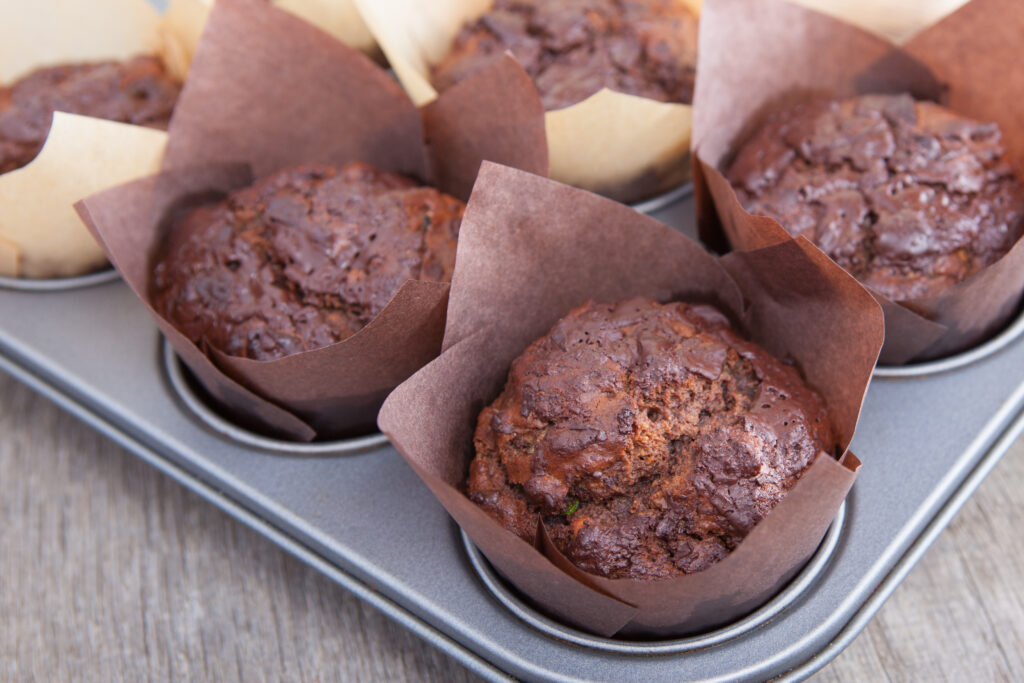
Choosing Glassine Paper
Factors to Consider
When picking glassine, you should think about a few things. Glassine keeps out water and grease. It helps protect food, art, and papers. Glassine is pH neutral and acid-free. This means it will not hurt your items as time goes by. You can recycle glassine, so it is good for the earth.
Glassine stops water, grease, and air from getting in.
It helps keep things from turning yellow or breaking down.
You can get glassine in clear, colored, or white sheets.
Glassine bends easily and works for many jobs.
It is safe for saving photos, papers, and art for a long time.
If you want to use glassine for food, make sure it is safe and has no bad chemicals. Glassine is fully recyclable and breaks down in nature. This makes it a smart pick for green packaging. Using glassine helps the planet, but making paper can hurt forests if not done right.
Tip: Always check if your glassine comes from forests that are managed well. This helps lower harm to the earth.
Alternatives
You might want to know how glassine is different from other materials. Here is a table to show you the differences:
| Material | Cost Comparison | Sustainability Features |
| Paper | Usually cheaper in bulk | Biodegradable, recyclable, widely available |
| Glassine | Slightly more expensive | Biodegradable, recyclable, premium look |
| Recycled Paper | Similar to regular paper | Eco-friendly, biodegradable, recyclable |
| Mycelium | Often more expensive | Highly sustainable, compostable, biodegradable |
Glassine gives better protection and looks neat and clean. Regular paper costs less but does not block water or grease as well. Recycled paper is good for the earth and does not cost much. Mycelium is very green but costs more money. If you want nice packaging, glassine might be worth the higher price.
Glassine paper is good for protecting things. It is also better for the earth and has many uses. Look at the table below to see what is good and bad about glassine. This can help you decide if it is right for you. If you want packaging that is green and can be used in many ways, glassine is a good pick.
| Advantages | Disadvantages |
| Protective abilities | Cost factors |
| Sustainable packaging | Limited strength for heavy items |
| Printability and branding | Limited heat resistance |
| Recyclable and biodegradable | Moderate moisture resistance |
FAQ
What makes glassine paper different from wax paper?
Glassine paper is smoother than wax paper. It also looks more clear. You can recycle glassine without trouble. Wax paper has a layer of wax on it. Wax paper does not break down as fast as glassine.
Can you compost glassine paper at home?
You can put glassine paper in your compost pile. It will break down by itself over time. Glassine does not leave bad stuff in the dirt.
Is glassine paper safe for food contact?
You can use glassine paper to wrap food. It does not have any bad chemicals. Many bakeries use glassine for cookies and sandwiches.






























